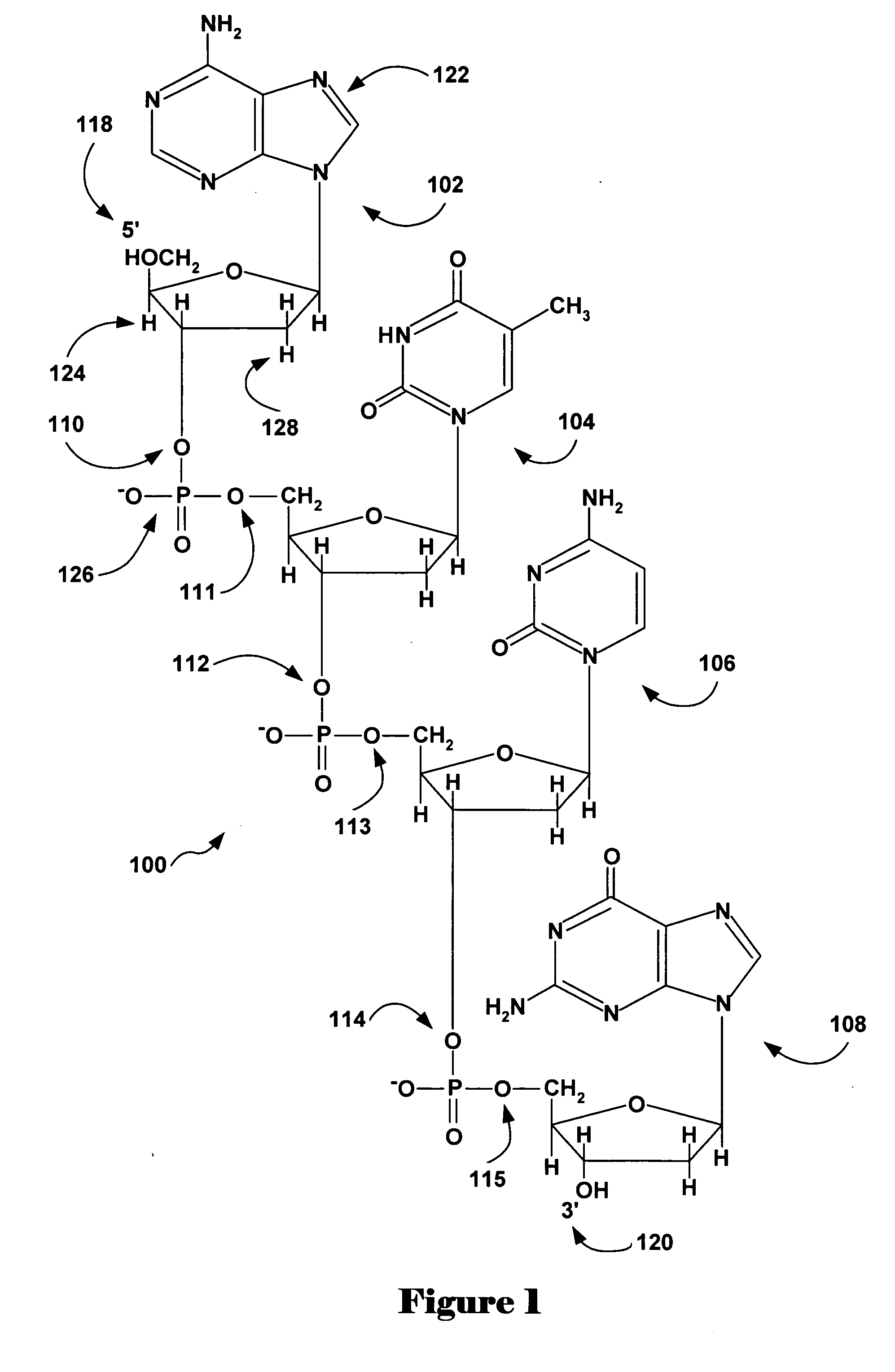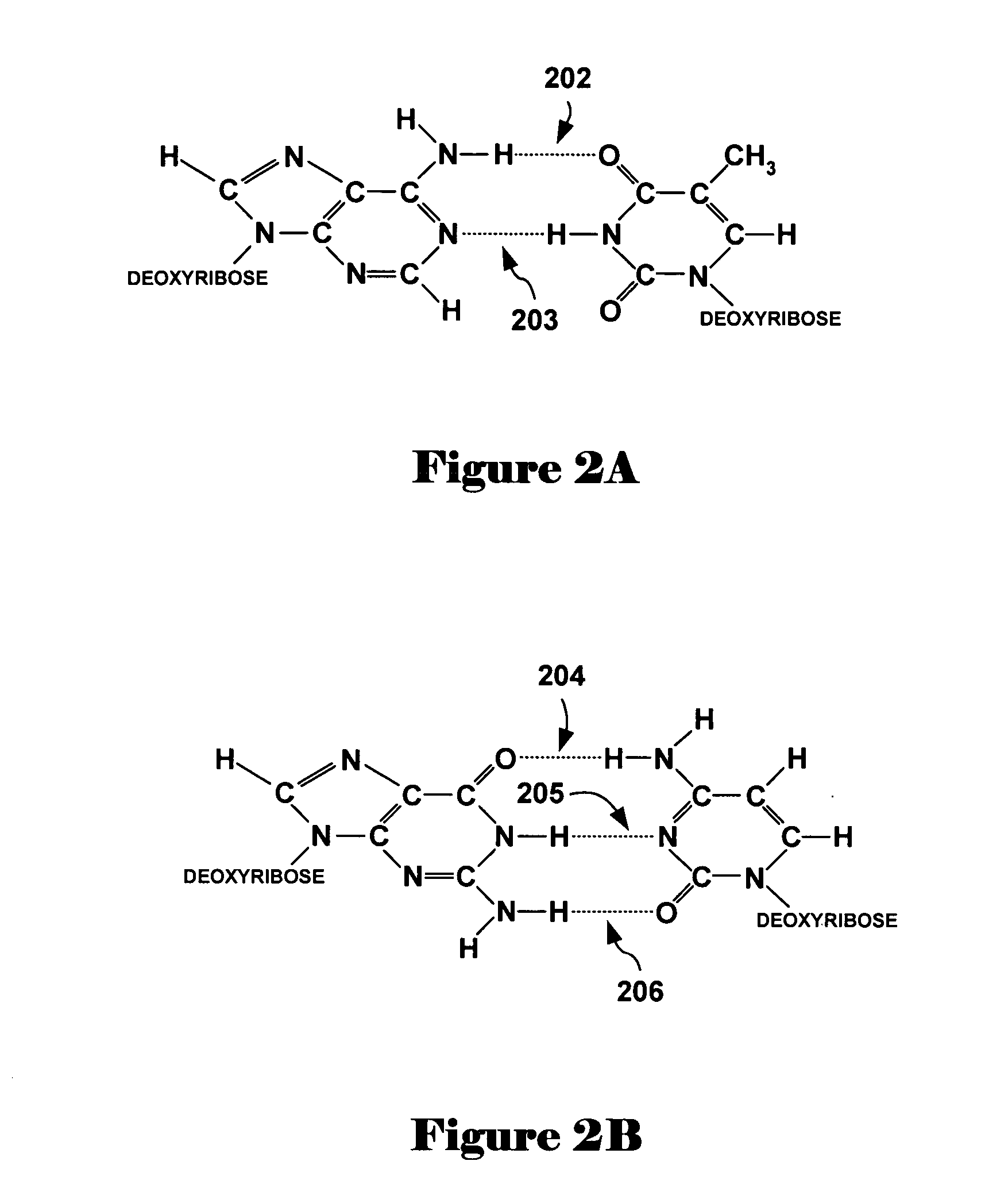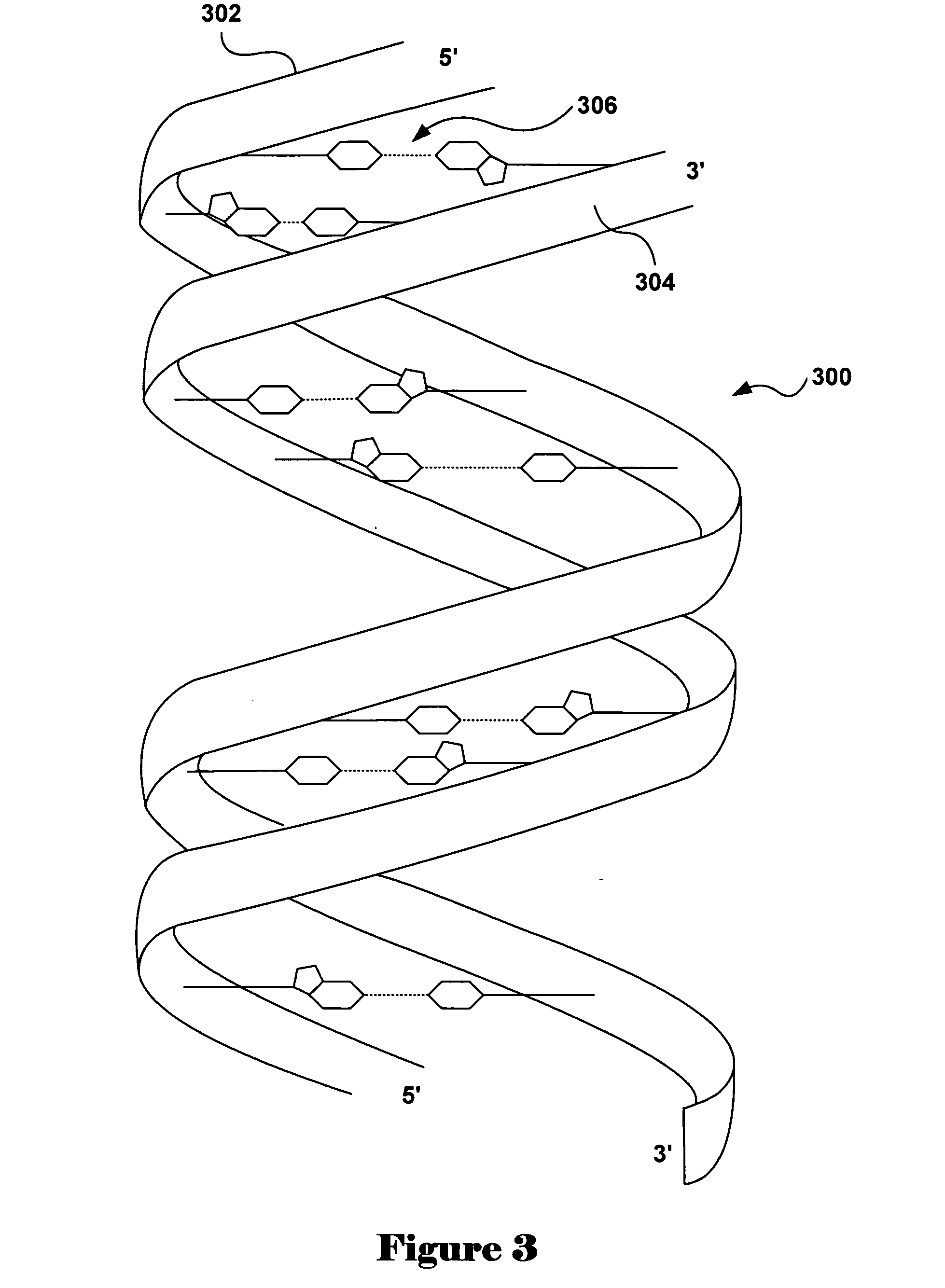Feature extraction of partial microarray images
a microarray and image technology, applied in the field of microarray image processing, can solve the problems of manufacturing defects, parts of the array may be damaged, and the entire feature-containing surface of the microarray may not be suitable for feature extraction, and achieve the effect of suitable for feature extraction
- Summary
- Abstract
- Description
- Claims
- Application Information
AI Technical Summary
Benefits of technology
Problems solved by technology
Method used
Image
Examples
Embodiment Construction
[0034] Various embodiments of the present invention allow a user to specify subregions of a microarray that the user feels are undamaged, non-defective, and otherwise non-compromised, and therefore suitable for automated feature extraction. Embodiments of the present invention are described, below, following a first subsection that provides additional information about microarrays.
Additional Information About Microarrays
[0035] An array may include any one-, two- or three-dimensional arrangement of addressable regions, or features, each bearing a particular chemical moiety or moieties, such as biopolymers, associated with that region. Any given array substrate may carry one, two, or four or more arrays disposed on a front surface of the substrate. Depending upon the use, any or all of the arrays may be the same or different from one another and each may contain multiple spots or features. A typical array may contain more than ten, more than one hundred, more than one thousand, more...
PUM
 Login to View More
Login to View More Abstract
Description
Claims
Application Information
 Login to View More
Login to View More - R&D
- Intellectual Property
- Life Sciences
- Materials
- Tech Scout
- Unparalleled Data Quality
- Higher Quality Content
- 60% Fewer Hallucinations
Browse by: Latest US Patents, China's latest patents, Technical Efficacy Thesaurus, Application Domain, Technology Topic, Popular Technical Reports.
© 2025 PatSnap. All rights reserved.Legal|Privacy policy|Modern Slavery Act Transparency Statement|Sitemap|About US| Contact US: help@patsnap.com



